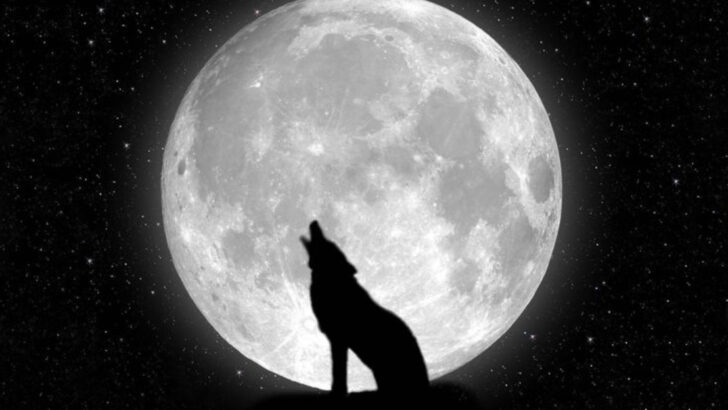The black wolf is no ordinary creature. With its deep, dark coat and fierce gaze, it moves like a shadow through the wilderness, captivating all who are lucky enough to witness its haunting beauty. As one of nature’s rarest beings, this elusive variation of the gray wolf has sparked curiosity and wonder for centuries.
Mysterious, powerful, and mesmerizing, the black wolf embodies the wild spirit of the forests it calls home. Legends swirl around this majestic animal, and scientists continue to be intrigued by its behaviors, social structures, and role in the ecosystem.
In this post, we uncover 19 astonishing facts about these enigmatic predators. From their striking appearance to their hidden habits, each detail reveals more about the world of the black wolf. Get ready to step into the wild and discover what makes this elusive creature so captivating.
Melanism in Wolves
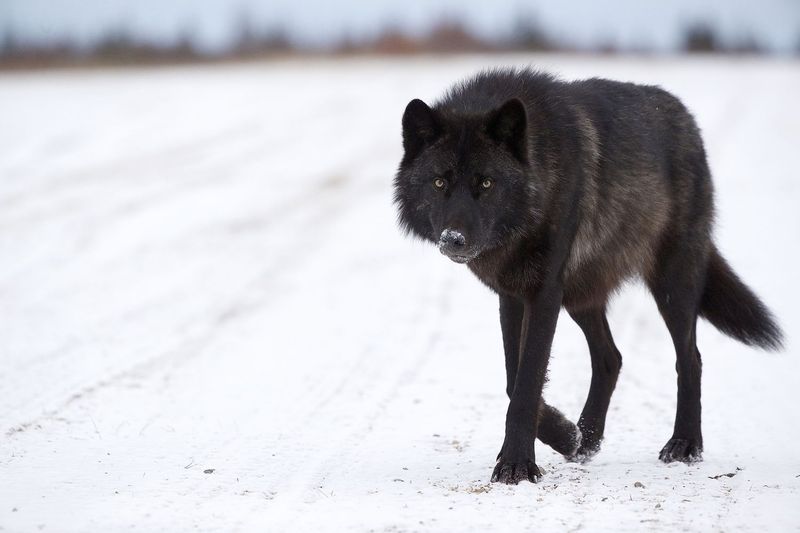
Melanism, a genetic mutation leading to black fur, is the key to the black wolf’s striking appearance. Occurring more commonly in North America, especially in forested regions, this adaptation is believed to aid in hunting by providing camouflage in dense forests.
Melanism is not just skin deep; it influences the wolf’s physiology and behavior. Though rare, black wolves are a testament to nature’s diversity and adaptability. Researchers study melanism to understand its evolutionary advantages.
This unique feature captivates biologists and wildlife enthusiasts alike, adding a touch of mystery to the natural world.
Black Wolves in Mythology
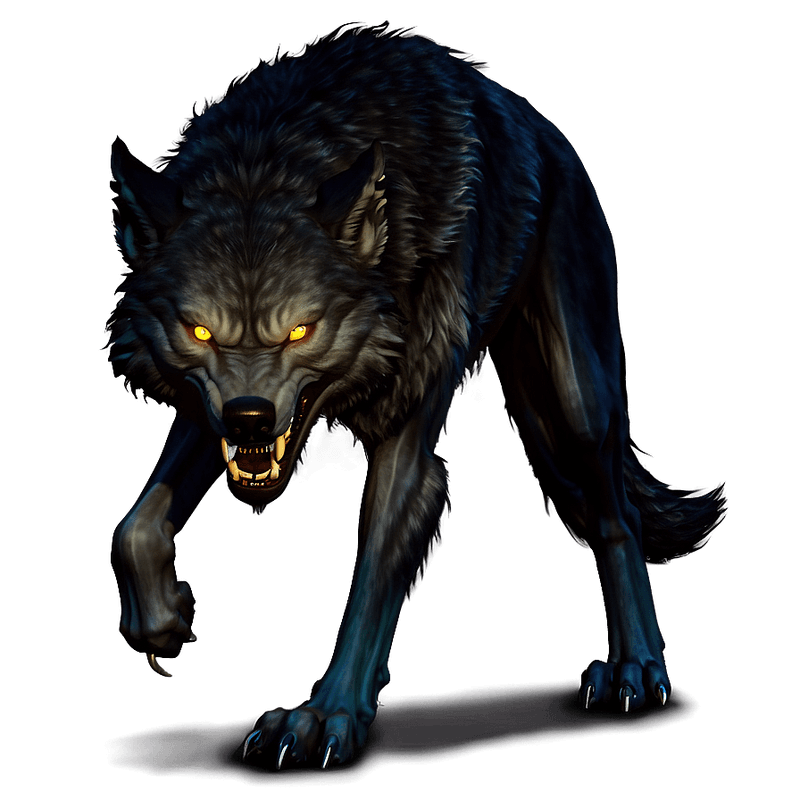
Throughout history, black wolves have been woven into the fabric of mythology. Representing both fear and fascination, they appear in legends across various cultures.
Often seen as omens or protectors, black wolves symbolize strength and mystery. In some Native American tribes, they are revered as spirit animals, guiding and protecting the tribe. These stories highlight the complex relationship humans have with wolves, reflecting our admiration and fear.
The mythological presence of black wolves continues to inspire literature and art, keeping their enigmatic allure alive. Their legacy in mythology is both timeless and universal.
Habitat and Distribution
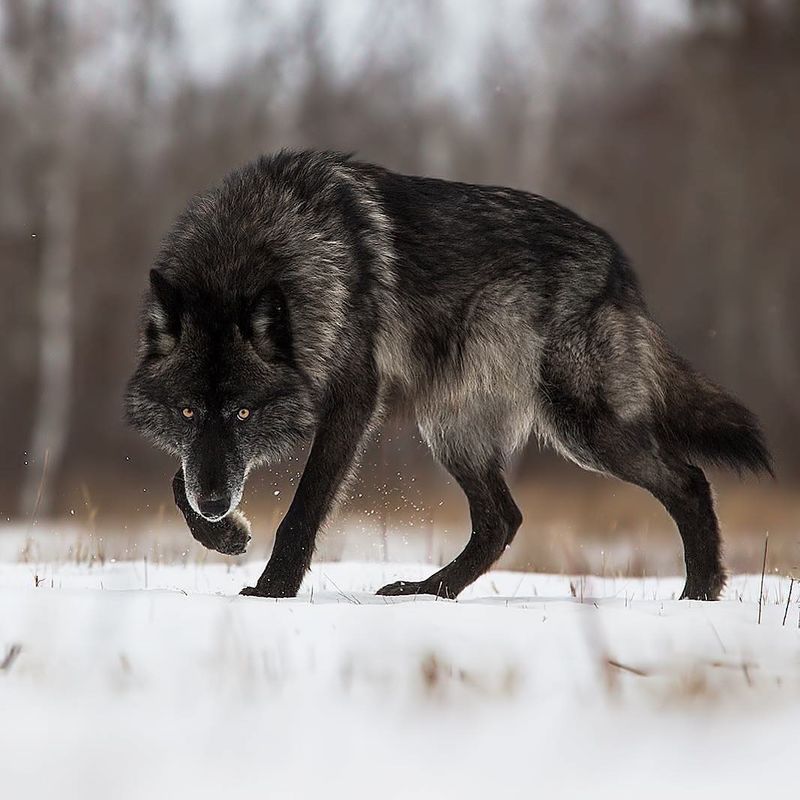
Black wolves primarily roam the dense forests and remote wilderness areas of North America and parts of Eurasia. Their habitats are chosen for the cover and abundance of prey they provide.
Adaptable yet elusive, black wolves thrive in environments where their dark coats offer camouflage. Despite being rare, their presence in these regions is a crucial part of the ecosystem. Conservation efforts focus on preserving these habitats to ensure the survival of this unique variant.
Observing black wolves in their natural habitat is a rare and thrilling experience for wildlife enthusiasts and researchers alike.
Role in the Ecosystem
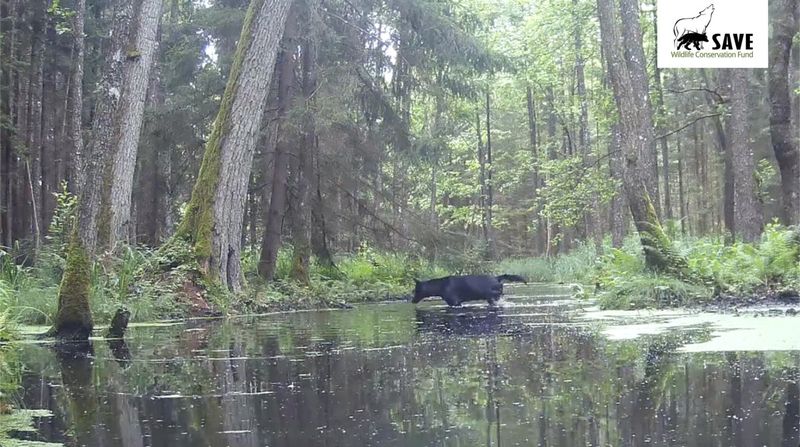
Black wolves play a vital role in their ecosystems, acting as top predators. They help maintain the balance by controlling prey populations, which in turn affects vegetation and other wildlife.
Their presence indicates a healthy ecosystem, where each species plays its part in a complex web of life. As apex predators, black wolves exert pressure on prey species, promoting biodiversity. Conservationists stress the importance of protecting wolves to sustain ecological balance.
By understanding their ecological role, we appreciate their contribution to nature’s intricacy. Black wolves are more than just a rarity; they are keystones in their habitats.
Scientific Research and Conservation
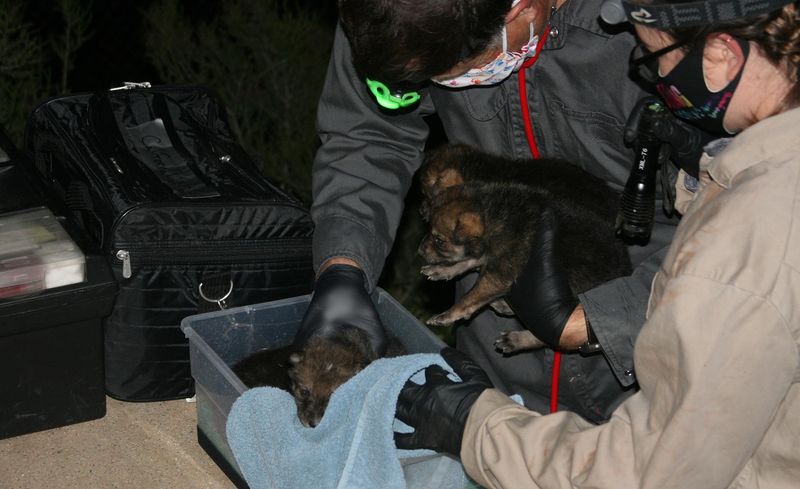
Scientific research on black wolves sheds light on their genetics, behavior, and ecology. Conservation programs aim to protect their populations and habitats from the threats of human encroachment and climate change.
Understanding their genetic makeup helps in studying the evolutionary aspects of melanism. Researchers and conservationists collaborate to develop strategies that ensure the survival of black wolves. Public awareness campaigns highlight the importance of these efforts.
Preserving black wolves is not just about maintaining biodiversity but also about safeguarding our natural heritage. Their continued existence depends on our commitment to conservation and scientific inquiry.
Diet and Hunting Techniques
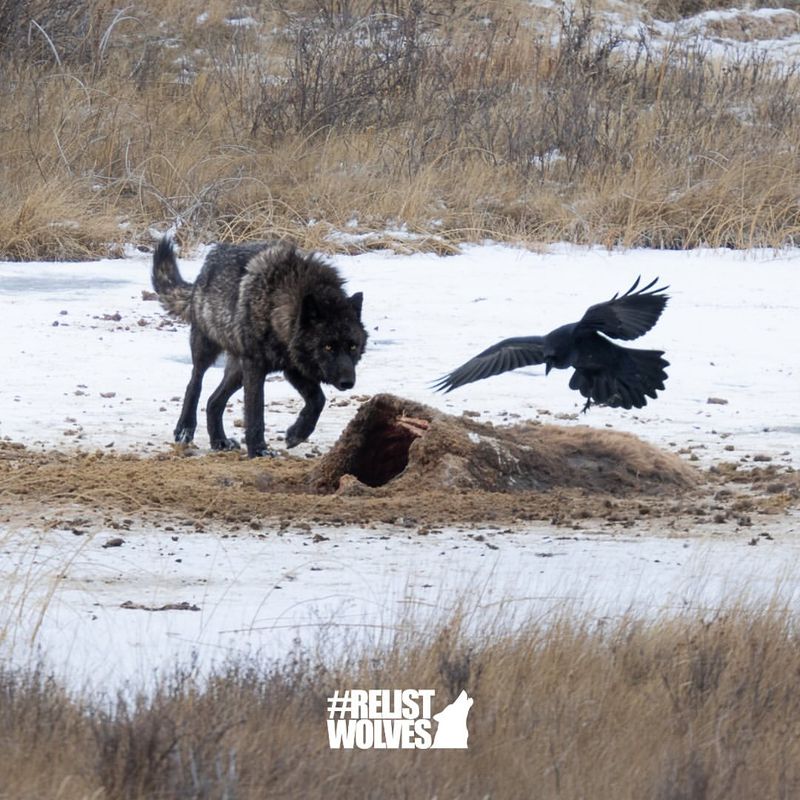
Black wolves are skilled hunters, relying on pack strategies and keen senses to catch their prey. Their diet primarily consists of large ungulates like deer and elk, but they also hunt smaller animals and scavenge when necessary.
The black coat may provide advantages in hunting, allowing them to blend into the shadows. Hunting is a team effort, with wolves employing sophisticated tactics and cooperation.
Their hunting success directly impacts their survival and the health of their pack. Observing black wolves hunt is a testament to their intelligence and adaptability, showcasing nature’s remarkable intricacies.
Social Structure and Pack Dynamics
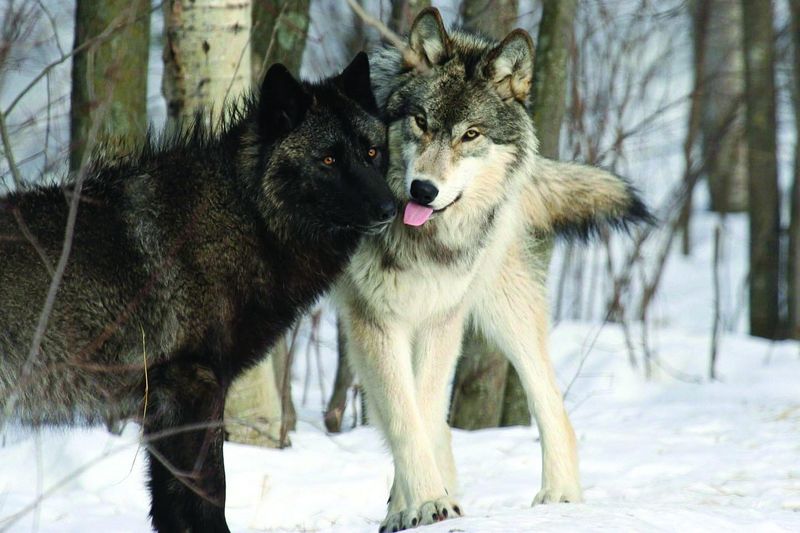
Black wolves, like other wolves, live in complex social structures known as packs. These packs are often comprised of family units, led by an alpha pair. Social bonds are strong, with each member playing a role in the pack’s survival.
Communication within the pack involves vocalizations, body language, and scent markings. Understanding pack dynamics provides insights into their social behavior and cooperation.
These social structures emphasize the importance of teamwork and leadership. Black wolves teach us about the intricacies of social living in the wild. Their pack dynamics are vital to their hunting success and overall survival.
Communication and Vocalization
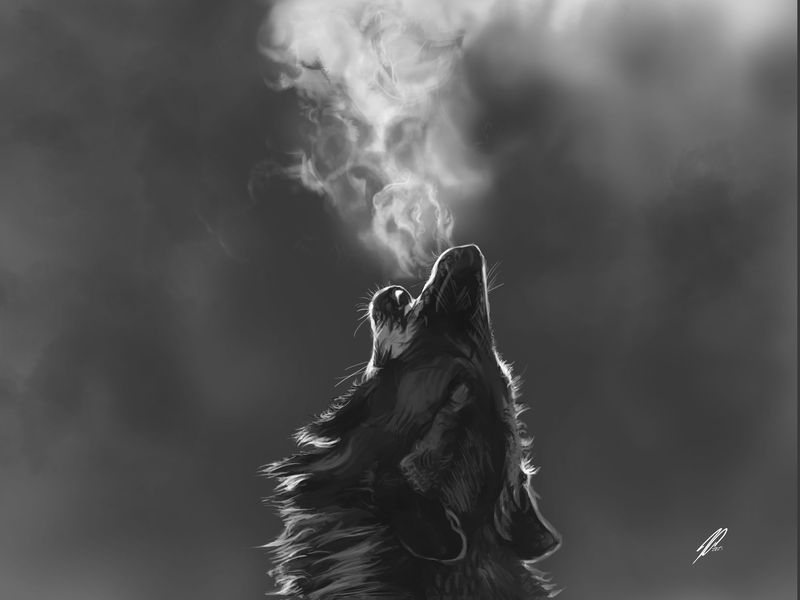
Communication among black wolves is sophisticated, involving various vocalizations like howls, barks, and growls. Each sound serves a purpose, from rallying the pack to warning of intruders.
Howling is their most iconic form of communication, used to strengthen social bonds and coordinate group activities. These vocalizations are complemented by visual cues and scent marking. Understanding their communication is crucial for researchers studying wolf behavior.
By interpreting these signals, scientists gain insights into their social structures and interactions. The language of black wolves is a rich tapestry of sounds and signals, embodying the essence of wild communication.
Genetic Influence on Behavior
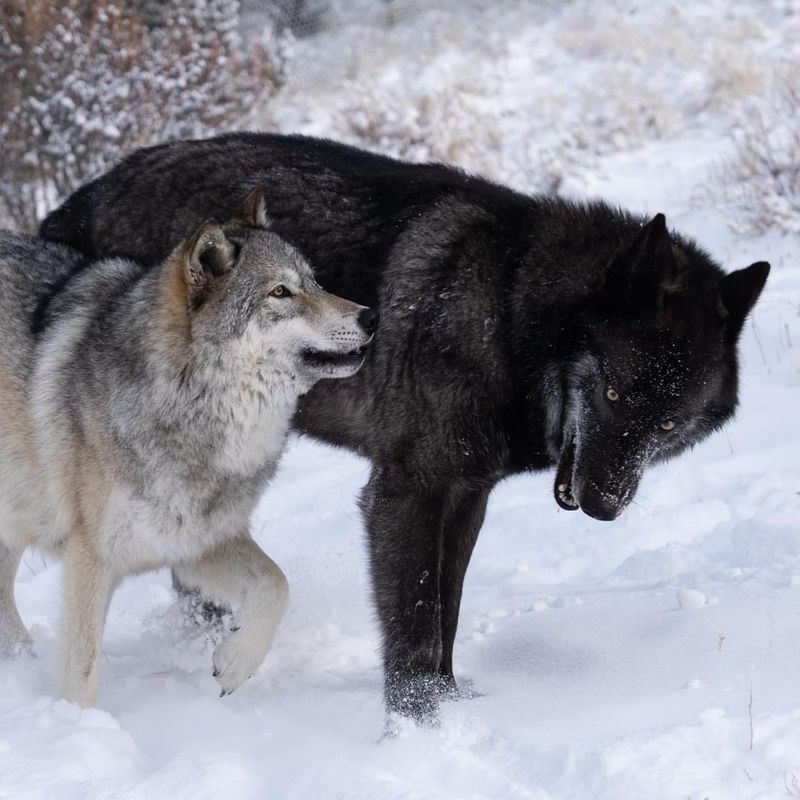
The genetics of black wolves, particularly the melanism gene, may influence their behavior and adaptability. Studies suggest that these genes could affect their social interactions and survival strategies.
Black wolves often exhibit behaviors that are distinct from their gray counterparts, although the reasons are not fully understood. Researchers continue to explore how genetics shape their instincts and responses to environmental changes.
By unraveling the genetic mysteries, scientists hope to uncover the evolutionary advantages of melanism. This knowledge enriches our understanding of how genetics play a role in shaping animal behavior and survival.
Threats and Conservation Challenges
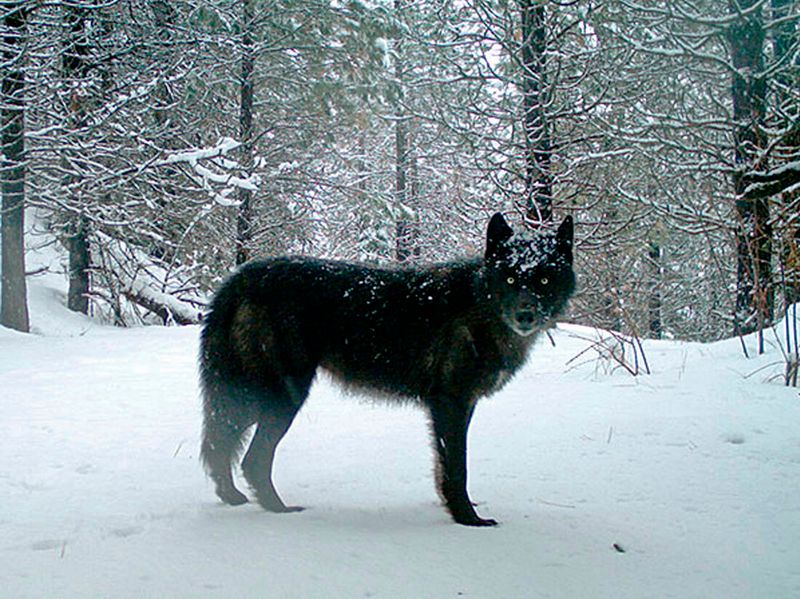
Despite their strength and adaptability, black wolves face numerous threats. Habitat loss, hunting, and climate change pose significant challenges to their survival. Conservationists work tirelessly to address these issues, implementing protective measures and raising awareness.
Understanding these threats is crucial for developing effective conservation strategies. Protecting black wolves requires collaboration between governments, NGOs, and local communities.
Efforts focus on habitat preservation and legal protection against hunting. The challenges are vast, but so is the determination to ensure the survival of these enigmatic creatures. Conservation success relies on continued commitment and innovative approaches.
Adaptations for Survival
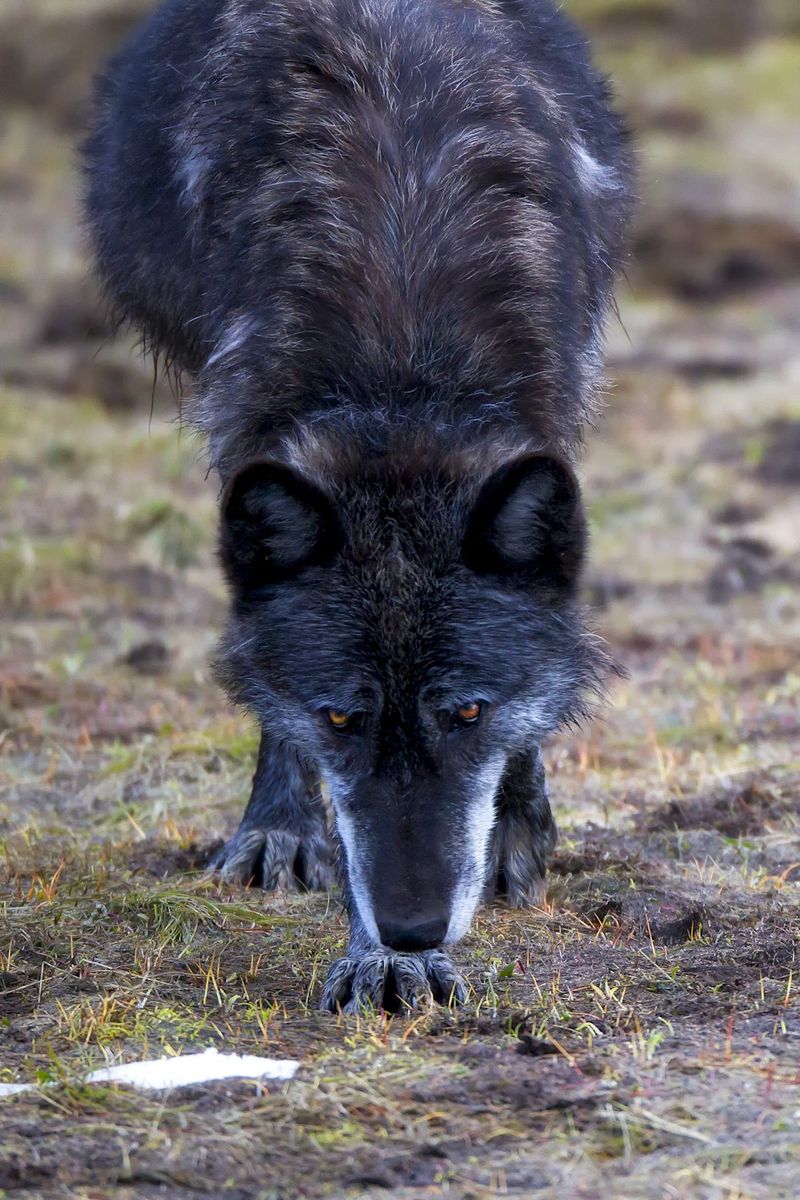
The adaptability of black wolves is key to their survival in diverse environments. Their dark coat provides camouflage, aiding in stealth and hunting. Physically, they are built for endurance and speed, essential for pursuing prey and traversing vast territories.
Behavioral adaptations, like pack cooperation, enhance their hunting efficiency. These skills are honed through experience and instinct, passed down through generations.
By studying these adaptations, scientists gain insights into the evolutionary processes that shape species. The black wolf’s ability to thrive in challenging conditions is a testament to the resilience of nature. Their survival adaptations are a marvel of evolution.
Cultural Significance and Symbolism
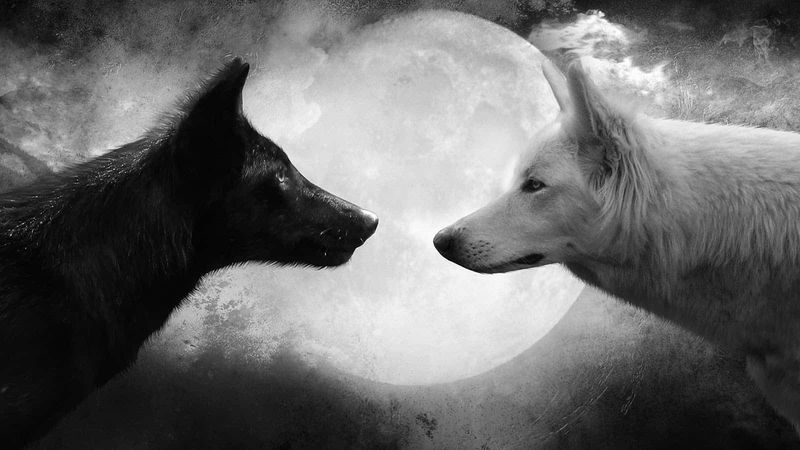
Black wolves hold significant cultural symbolism across various societies. Often seen as symbols of power and mystery, they feature prominently in folklore and art. Their image evokes both awe and fear, reflecting humanity’s complex relationship with wolves.
In literature, black wolves are portrayed as both heroes and antagonists, embodying the duality of nature. Cultural interpretations vary, but the fascination remains universal. Exploring these cultural connections enriches our understanding of human-animal relationships.
The black wolf’s symbolism continues to inspire creativity and philosophical reflections. Their presence in culture underscores their enduring impact on human imagination.
Black Wolf Hybrids
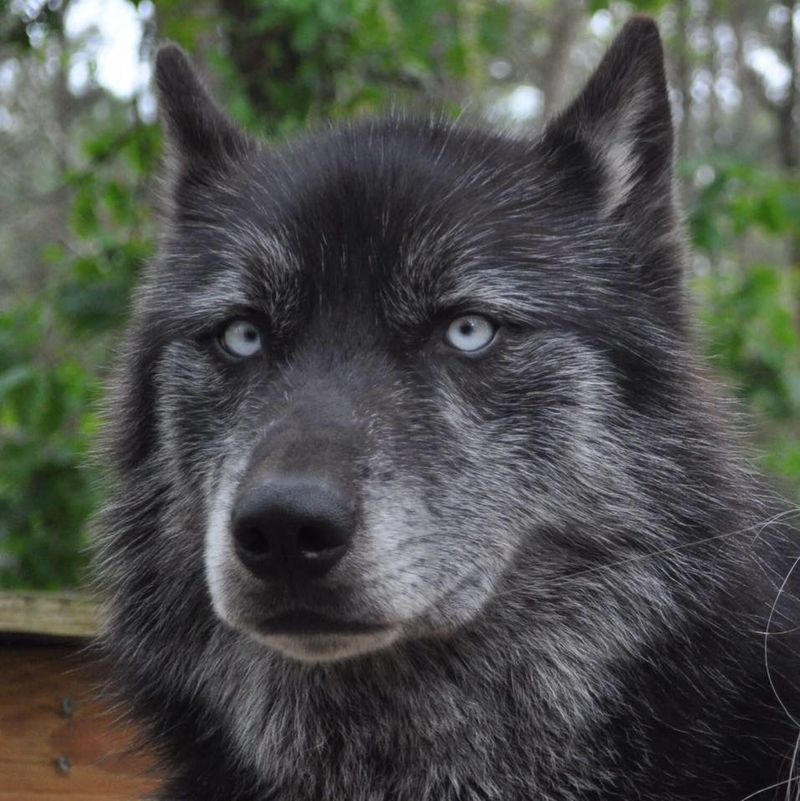
Black wolf hybrids, resulting from the crossbreeding of wolves and domestic dogs, exhibit a blend of traits from both species. These hybrids often possess the appearance of wolves with a mix of canine behaviors.
Their existence raises questions about genetics, behavior, and conservation. While some view hybrids as curiosities, others see them as threats to pure wolf populations. Understanding their genetic makeup helps inform conservation policies and breeding programs.
The study of black wolf hybrids contributes to broader discussions on biodiversity and the impact of human intervention on natural species. They serve as reminders of the intricate balance between nature and humanity.
Unique Health Challenges
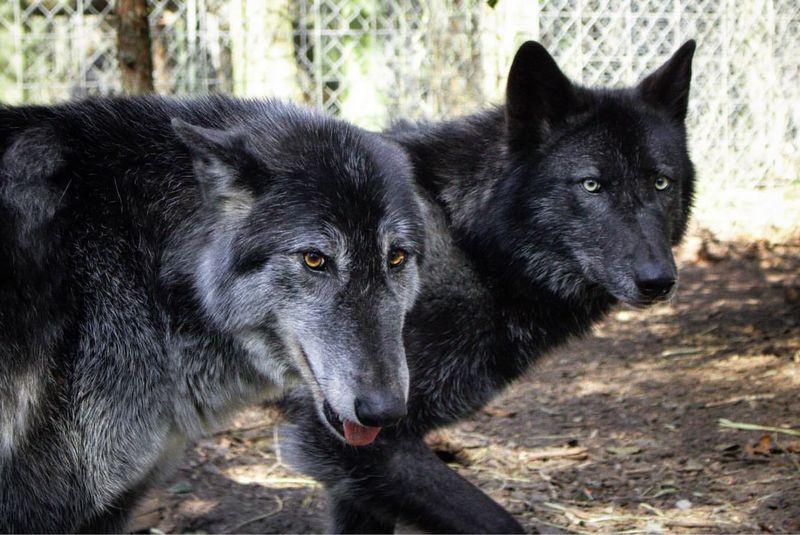
Black wolves, like all wildlife, face health challenges, some of which are unique to their genetic makeup. The melanism gene may be linked to certain health conditions, although research is ongoing.
Monitoring the health of black wolves helps identify potential genetic or environmental threats. Conservationists prioritize health assessments to ensure the well-being of these rare animals. Addressing health challenges involves collaboration between veterinarians, researchers, and conservationists.
Understanding these issues aids in the development of targeted conservation efforts. Protecting the health of black wolves is essential for their survival, contributing to the broader goal of wildlife preservation.
Reproduction and Lifespan
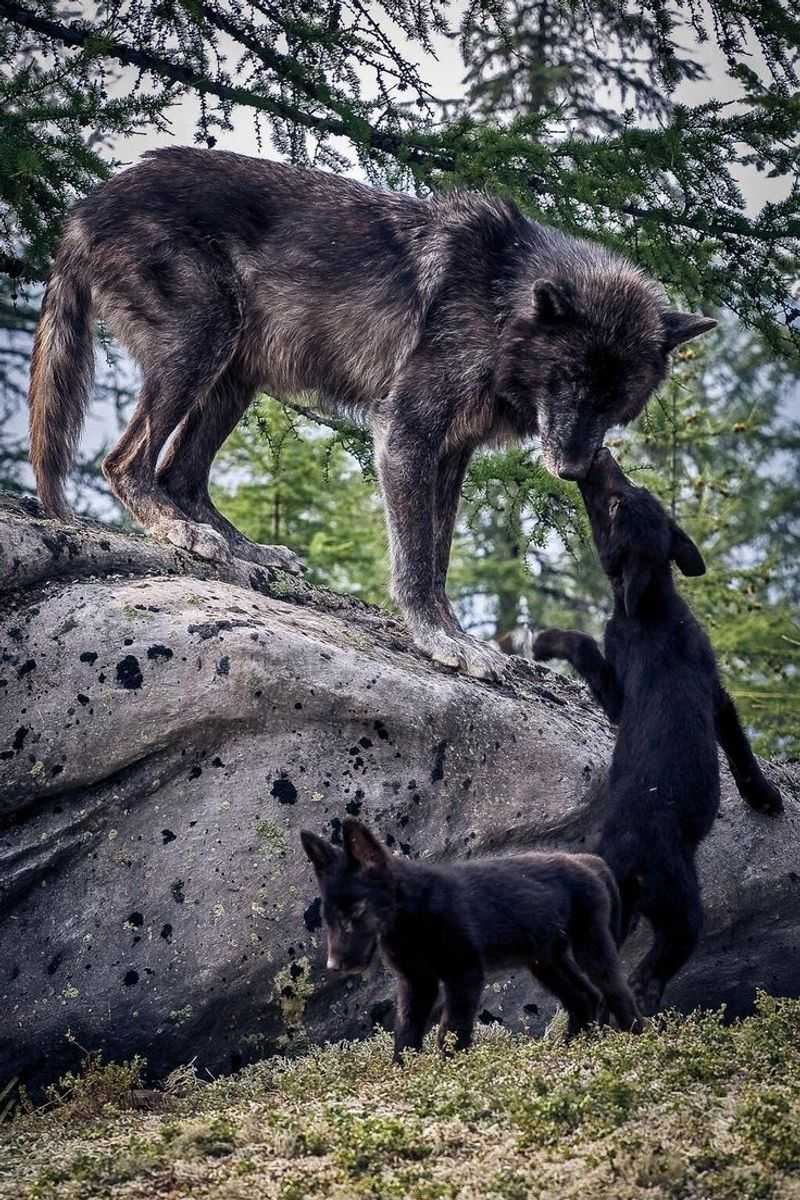
Black wolves, like their gray counterparts, follow specific reproductive patterns. Breeding occurs once a year, usually in the winter, with pups born in the spring. The alpha pair typically leads the pack in rearing the young.
Pups are nurtured and taught survival skills crucial for their independence. The lifespan of black wolves varies, depending on factors like environment and human impact. In the wild, they may live up to ten years, but this can be longer in protected areas.
Understanding their reproductive behavior helps in conservation planning, ensuring future generations of these majestic creatures thrive in the wild.
Interactions with Humans
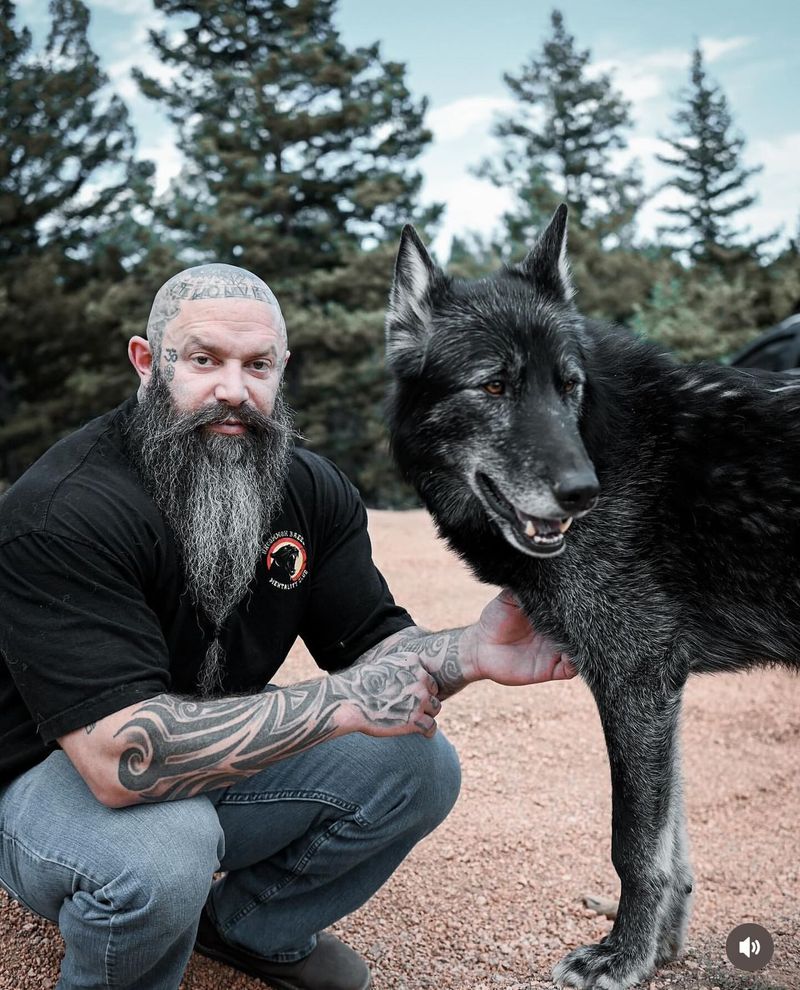
The relationship between black wolves and humans is complex and multifaceted. Historically, fear and admiration have defined human-wolf interactions. While some perceive wolves as threats to livestock, others view them as vital ecological components.
Conservation efforts often involve educating the public about wolves’ ecological roles and promoting coexistence. Observing black wolves in the wild is a rare and cherished experience for many. These interactions influence conservation policies and public perceptions.
Efforts to foster understanding and respect are crucial for peaceful coexistence. The dialogue between humans and wolves continues to evolve, reflecting changing attitudes toward conservation.
Comparisons with Gray Wolves
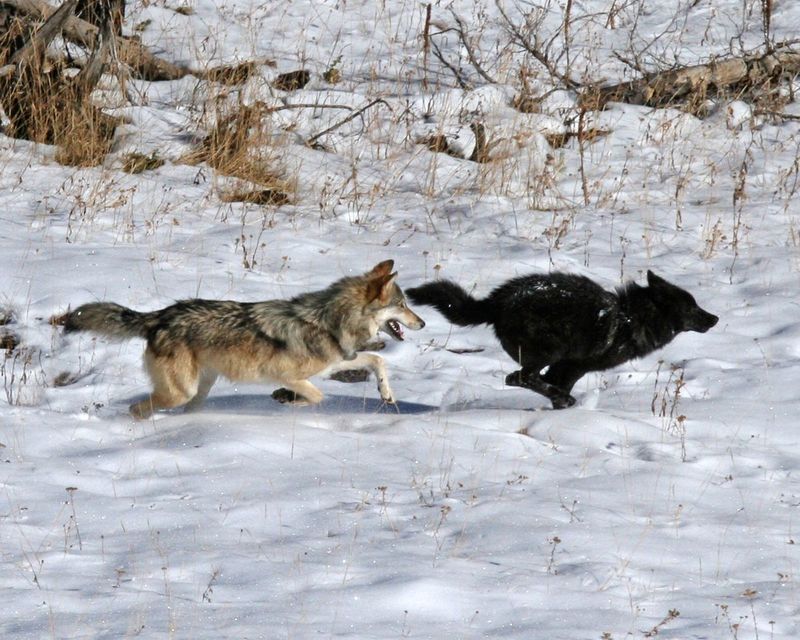
While black and gray wolves share many similarities, distinct differences set them apart. The most obvious is their coat color, influenced by genetic variations. These differences may extend to behavior, as black wolves can exhibit unique social dynamics.
Researchers study these variations to understand their evolutionary significance. Comparisons between black and gray wolves enhance our knowledge of wolf diversity. These insights contribute to conservation strategies by highlighting the importance of preserving genetic diversity.
By appreciating these differences, we gain a deeper understanding of the natural world. Black wolves add a unique dimension to the rich tapestry of wolf species.
Human Impact on Black Wolves
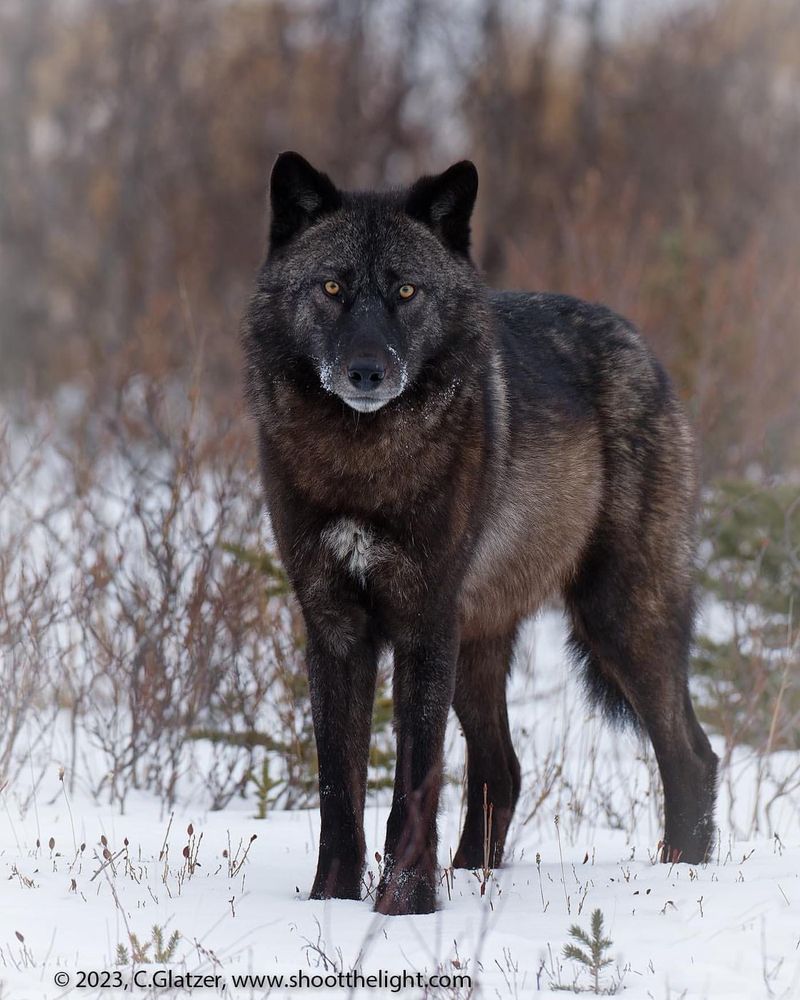
Human activities significantly impact black wolves, affecting their habitats and survival. Urban expansion, deforestation, and hunting pose ongoing threats. Conservationists work to mitigate these impacts through habitat restoration and legal protections.
Raising public awareness about the importance of preserving wolves is a key strategy. Balancing human needs with wildlife conservation is an ongoing challenge. The story of black wolves underscores the broader narrative of environmental stewardship.
By addressing the impacts of human activity, we ensure the survival of these majestic animals. Protecting black wolves reflects our commitment to preserving the planet’s biodiversity for future generations.
The Black Wolf’s Secret Moon Ritual
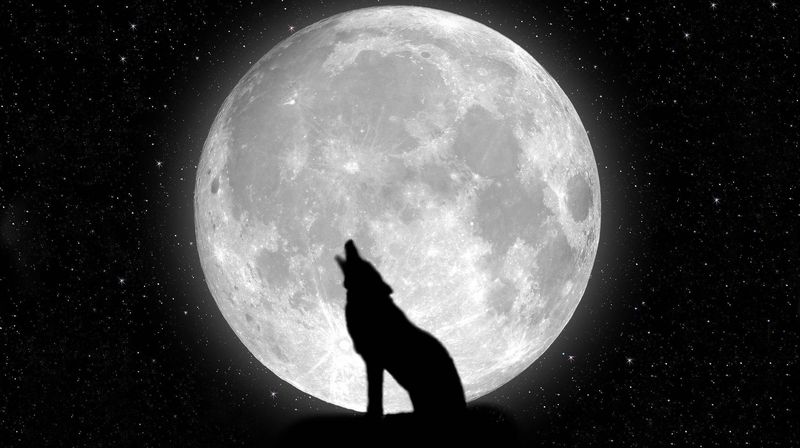
Nestled deep within the heart of the forest, black wolves are said to partake in a secretive moonlit dance. This captivating ritual is believed to occur only when the moon is at its fullest, casting an ethereal glow through the ancient trees.
Witnesses claim the wolves form intricate patterns, their paws tapping rhythmically on the forest floor.Some folklore suggests this dance is a form of communication with the lunar spirits, seeking guidance and protection.
While science has yet to verify these tales, the allure of such a mesmerizing event invites both awe and skepticism. The mystery endures, leaving many to wonder what truly lies behind the black wolf’s moonlit choreography.

